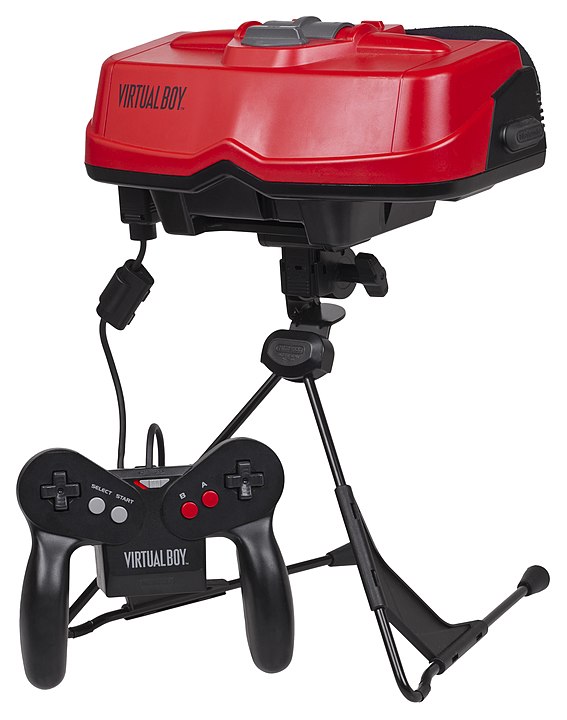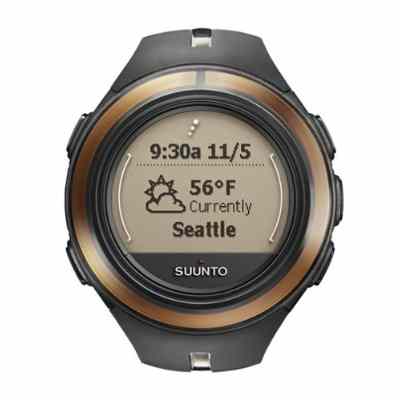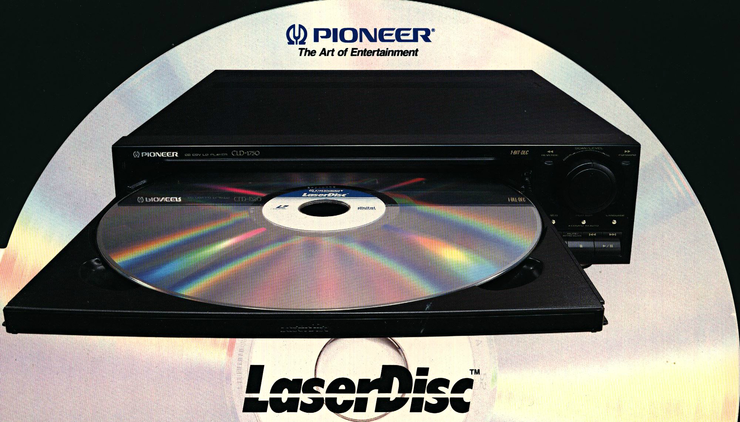Laserdisk, SPOT and VR - these technologies appeared too early and passed a false start

When I read reports of my colleagues about the lack of durability of folding phones for ... folding, I have the impression that I've seen this situation somewhere before.
And indeed: history repeats itself. There were regularly products in the history of technology that were pioneering in their own way and ahead of their time. However, they did not achieve market success, despite the fact that a few or several years later a whole market was created, in which similar products had already found their niche.
Nothing is lost in nature and technology, and the solutions proposed by pioneers are later used by others. Perhaps the first "folding phones", such as this from Motorola, will give rise to a whole line of efficient and durable devices in a few years, and without these first attempts nothing would come of it. Therefore, let's remember these examples of "devices that appeared too early" - they tried to conquer the market, but this one was not ready for it. Perhaps there was a lack of conviction for a given solution, maybe there was still no supporting infrastructure (e.g. a fast wireless network), or maybe this product was simply burdened with the features of a prototype - that is, it was underdeveloped and inconvenient to use.
Virtual Boy - a precursor of VR
Devices enabling the use of virtual reality are still at the initial stage of their development. However, it can be seen that this may be a fashion that will not pass away (as it was the case with 3D movies, for example) - more and more interesting games using VR are being created, and large studios are starting to create them.
The beginnings of commercial use of virtual reality should be sought in the 1990s. It was then, next to the VFX1 mentioned to this day, a VR console from Nintendo: Virtual Boy.

Designed by the creators of Game Boy, the device was to be a revolution introducing virtual reality to the salons. The goggles were not put on their heads - they were standing on a stationary base - and their faces were sticking into them. The console did indeed generate a three-dimensional image, on the same principles as today: producing a different image for the left and right eyes.
Red LEDs were used to generate the 3D image, so all games were only in shades of red. No, it's not a joke.
22 games were released on Virtual Boy - including such well-known brands as 3D Tetris or Mario Tennis. Unfortunately, the games did not look attractive, the console, despite the reference to Game Boy in the name, was not portable, and playing on it caused nausea and headaches.
SPOT Watch - almost a smartwatch from Microsoft
Microsoft SPOT Watch appeared long before Apple Watches and Wear OS.
It owed its name to the abbreviation: Smart Personal Object Technology.
Launched in 2004 (16 years ago!), The smart watch allowed access to instant messages, browsing information, checking stock exchange rates, browsing match results and sports competitions, access to weather forecasts and many other things. All this using a radio network - and I mean real FM radio.

How did it work? Microsoft has designed a special MSN Direct communication network for SPOT devices. However, it did not find widespread support, although it was also used by devices from other companies, e.g. Garmin navigation. MSN Direct operated only in the largest cities in the USA and Canada.
The watch, because it did not use Bluetooth, for example, was a more independent device than today's smart watches and smart bands, which are highly dependent on information sent from the phone. However, his dependence on a dedicated network and one-way communication lost him - SPOT could only receive information.
Newton - almost a smartphone from Apple
Apple chose the name of a great physicist for this product for a reason. After all, Isaak Newton, inspired by an apple falling from a tree to the ground, made great discoveries.
The company planned that Newton, a proto-tablet or a proto-palmtop, operated with a stylus, would be equally revealing. Unfortunately, it was so underdeveloped that it did not gain great popularity, although to this day it has great fans and ardent supporters among lovers of retro equipment.
Officially, the category to which the device belonged was PDA ( Personal Data Assistant ) - it was a category popularized by Apple precisely to promote Newton.
Newton was loved - he had everything we expect from a smartphone today, except for a network connection. Newton's software (e.g. task list or notebook) is still the prototype of mobile applications. Users could enter data using the keyboard or (apparently not working well) handwriting recognition.
Laserdisk - almost DVD
Laser discs did not gain popularity in Europe and the USA, because they had to compete with worse but cheaper formats, such as VHS. However, in Asian markets, and in particular in Japan, they were more widespread.
Laserdisk had the ability to reproduce video and sound in better quality than the then competitors in home cinema formats: VHS and BetaMax. The technologies used to create the laserdisk were later the basis for creating later, much more popular formats, such as CDs and DVDs.

Films on laserdisks have been published since 1978. The first film made available in this way was the famous Jaws .
Laserdisk provided many functions that we got used to only in DVD times: the choice of soundtracks, additional illustrations, behind-the-scenes materials. The maximum resolution that LD supported was as many as 1125 lines - in this format, for example, the Terminator 2 was issued. Experts say that laserdisk editions of image quality broke today's Blu-Ray releases.
Laserdisk, SPOT and VR - these technologies appeared too early and passed a false start
Comments
Post a Comment